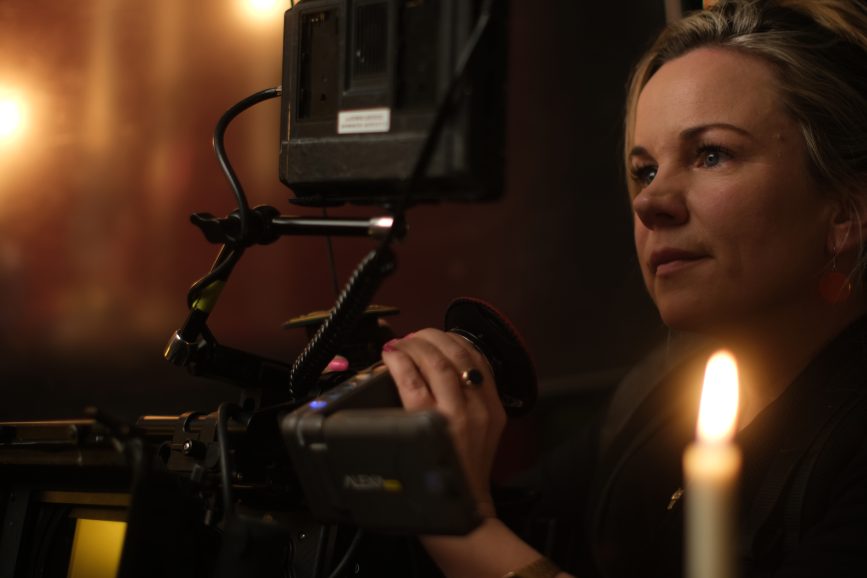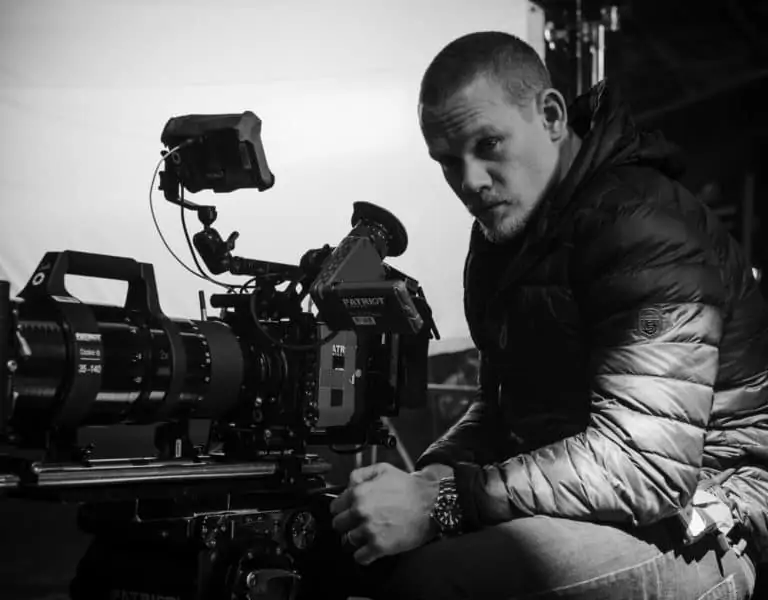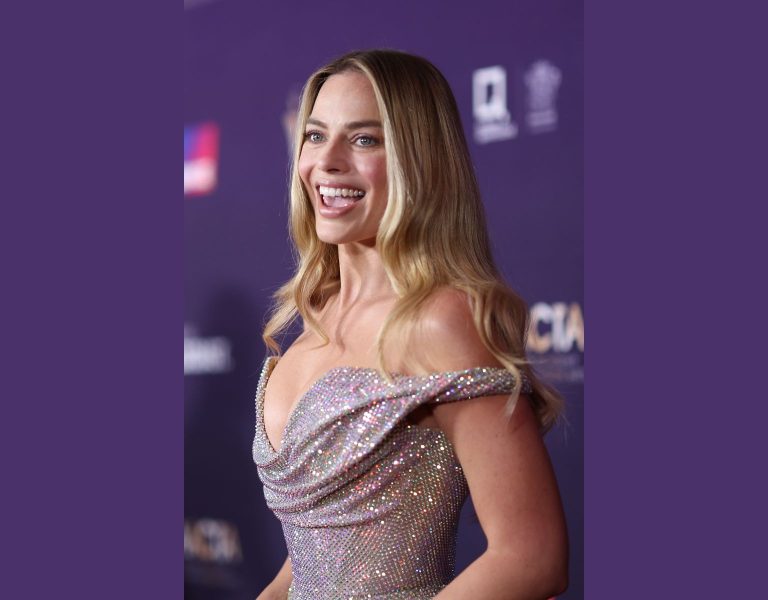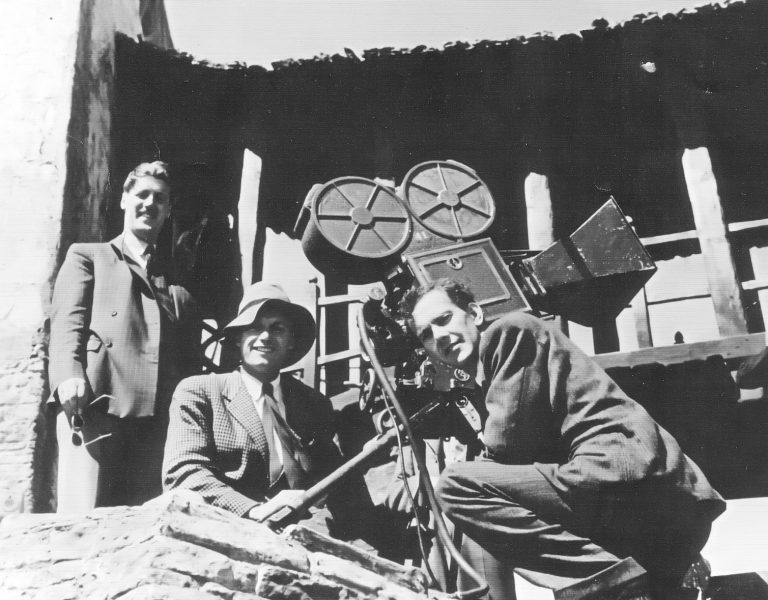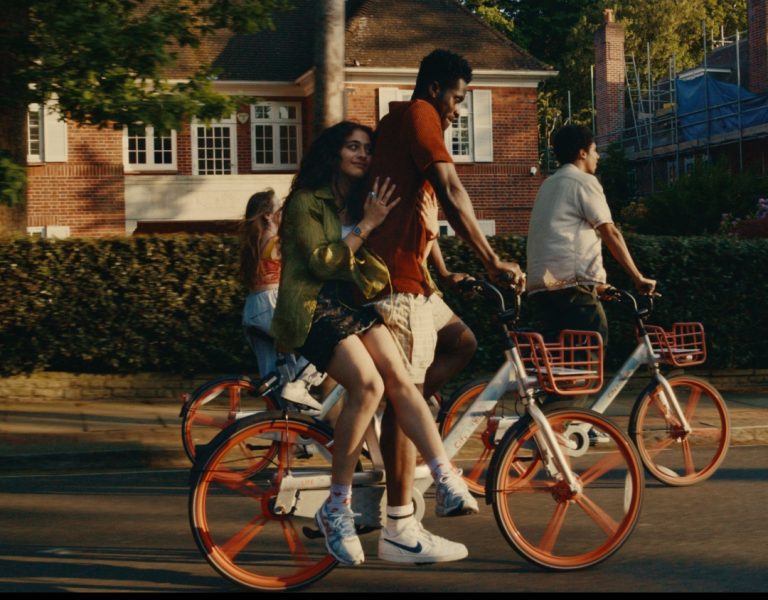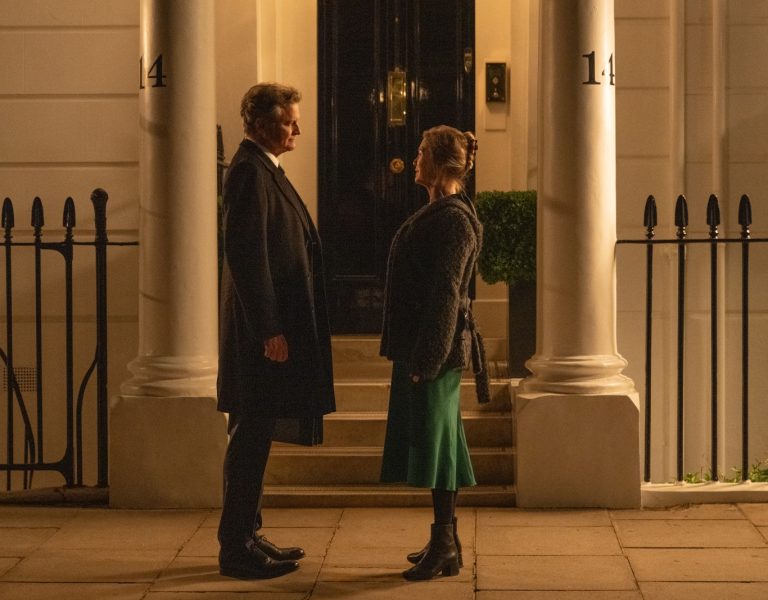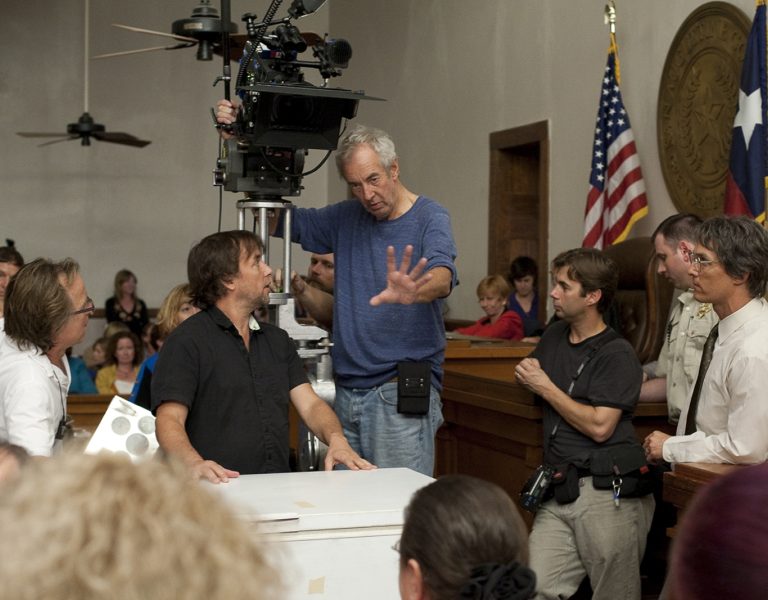OLD FLAME
Unfazed by the challenge of limited resources, cinematographer Eleanor Bowman ISC used natural light and candlelit compositions to her advantage to lend an eerie suspense to Irish period piece Lies We Tell.
J. Sheridan Le Fanu’s 1864 Gothic thriller Uncle Silas is given a feisty, feminist retelling in Lies We Tell. Orphaned heiress Maud (Agnes O’Casey) comes under the guardianship of her shifty Uncle Silas (David Wilmot), putting her inheritance – and her life – at stake.
One of four projects brought to life as part of Screen Ireland’s POV scheme, created to empower female filmmakers, Lies We Tell puts talented Irish women on both sides of the camera in the spotlight. Joining director Lisa Mulcahy and screenwriter Elisabeth Gooch was Dublin-based DP Eleanor Bowman ISC; Bowman would go on to collect the Best Cinematography award at the Galway Film Fleadh and a nomination in the Camerimage 2023 Cinematographers’ Debuts Competition.
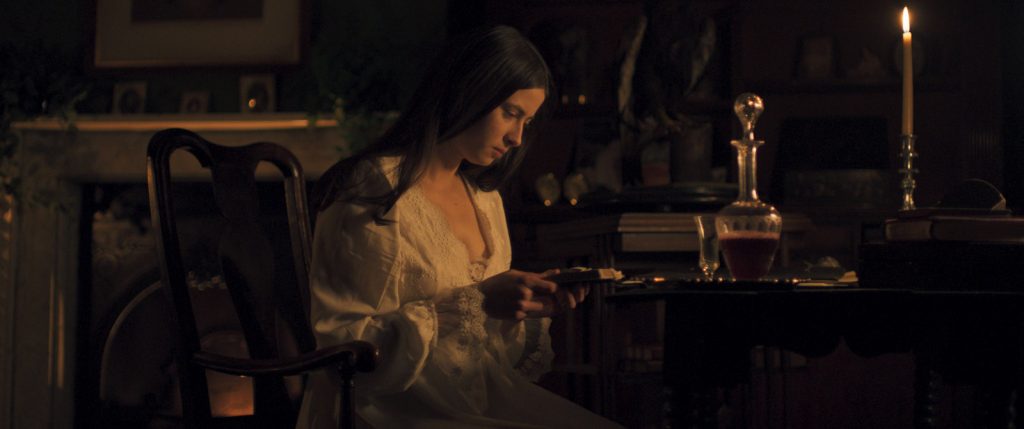
A gripping locked-room mystery, Lies We Tell takes place largely within the stately confines of Maud’s family home, Knowl (a suitably imposing Ardgillan Castle in County Dublin). Mulcahy wanted the feature to feel as authentic as possible; this meant shooting with available light wherever possible. Although a formidable prospect for any cinematographer, Ardgillan’s construction lent itself perfectly to the director’s vision.
“At first it was daunting – ‘You’re taking my tools away!’ – but when I started to think about it, I thought it sounded great,” says Bowman on their approach. “The locations were all built pre-electricity and the way the rooms were set out meant they were designed to make the most of the available light.”
For the film’s night scenes, 200 double-wick candles were purchased from Germany and would form the bulk of the lighting package. “Candlelight had a quality that could not be beaten – nothing else could really compare to the texture and the movement,” the DP explains.
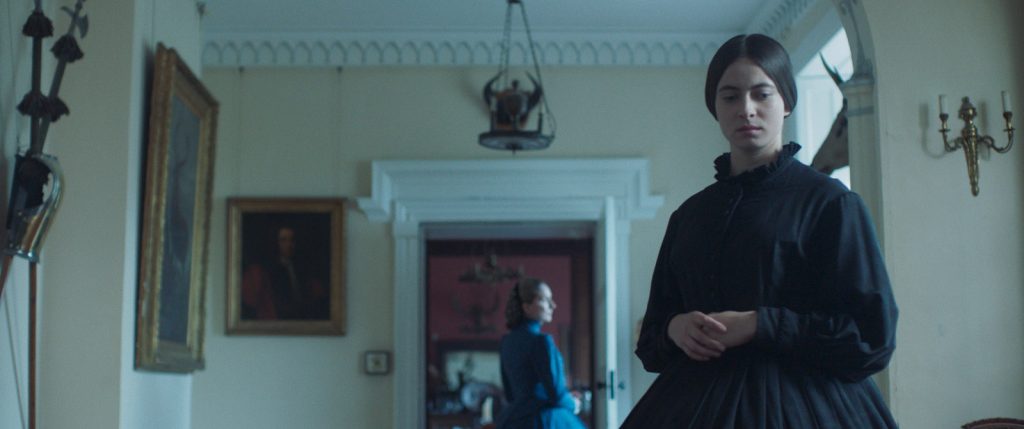
Lead actor O’Casey even helped light some sequences herself. “She’s such a pro,” smiles Bowman. “We’d ask her to hold the candle so we’d be lighting the far side of her face, when her performance required her to change direction, she would swap the candle to her other hand, keeping the light on the far side. I don’t know how she does these things so seamlessly!”
Shooting over just 20 days in October and November 2021 meant that using – and losing – available light was a challenge for the crew. Bowman was able to borrow some ETC fos/4 panel lights from 3LR’s Barry Grubb to supplement their kit when needed. It was Panavision who supplied the camera package, comprising the ARRI Alexa Mini and Zeiss Super Speeds – especially useful for their rapidity and low light capabilities – teamed with a 1/8 Tiffen Black Pro-Mist filter.
Early on, Mulcahy and Bowman discussed how they would establish a sense of unease in Lies We Tell. Which scenes would have a stillness to them, and which would have more energy? They would then reflect this in their choice of handheld (operated by Bowman) or Steadicam (by Tiernan O’Rourke).
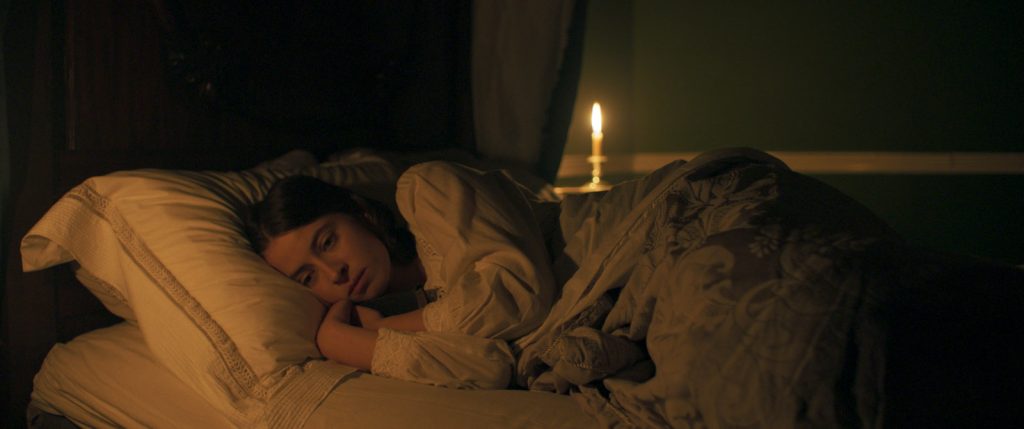
An early reference point for the film’s look was the work of the painter Joseph Wright of Derby, including the seminal ‘An Experiment on a Bird in the Air Pump’. However, Derby was working around 100 years before the film was set, so Bowman set on a quest to find some more interesting painters from mid-19th-century whose work suited the tone of the film. In her research she came across Petrus van Schendel, who became a big influence: “It was just before electrification and a lot of his paintings were at night, so it was just moonlight and candlelight. He was a revelation.”
One of the most difficult scenes to capture, from both a technical and emotional standpoint, was when Maud’s cousin Edward (Chris Walley) sexually assaults her. Mulcahy wanted every light source in the film to be explained, and this scene was no exception: “Lisa said she’s not going to have candles all over the place – you can have one candle beside her,” remembers Bowman. “Then when Chris (who plays Edward) walks into the room, he can have one candle but he’s going to have to leave it. We’d have to find ways to extend the light from these candles and outside the shot we’d have an extra couple of candles, but we’d have to hide them really well.”
In the grade, the work of Nik Panteris at Egg in Dublin, Mulcahy wanted to keep a dampness and coldness to the film. “The main rooms that we shot in were on the north side of the house and they had big mirrors, which would reflect the northern sky back into the rooms,” Bowman says. “The light was really cold in there and the shadows were blue and green because they would reflect the sky and the trees. We went with that as a theme and ramped it up a bit, and tried to keep a bit more green in the shadows.”
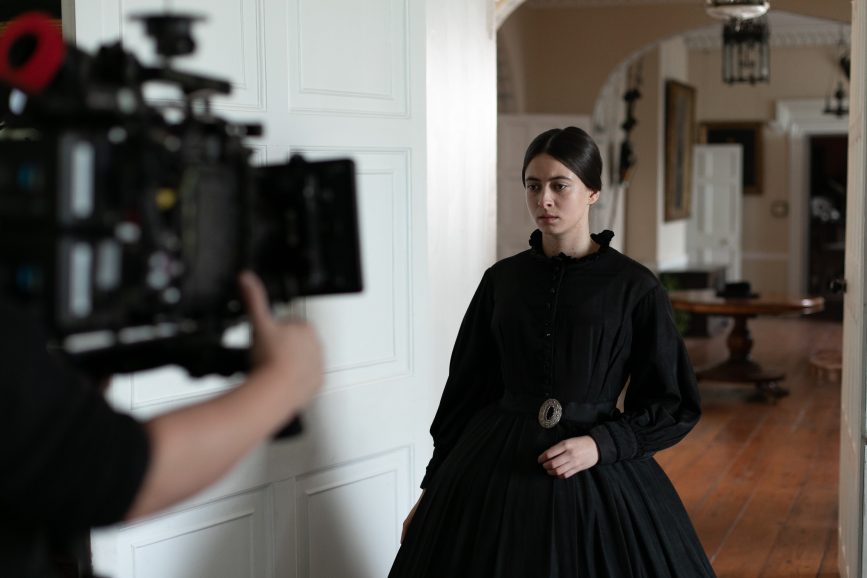
While shooting a period drama in 20 days on a micro-budget felt like an impossible task, notes Bowman, with the right team around you and some forward planning, it can be an enjoyable and rewarding experience. She highlights the work of her gaffer Noel Greene, focus puller Sarah Dillon, and clapper loader Lauren O’Brien, as well as editor Weronika Kaminska and costume designer Joanne O’Brien. Caroline Hill’s set designs also made a huge impact – complete with custom portraits to decorate Knowl painted by Hill’s partner John Carter.
Bowman makes an interesting case for low-budget filmmaking as a boost rather than a barrier. “With a bigger budget we might not have been able to make the film we intended to make. Lisa and I had a lot of creative freedom in our decision making that we would not have had if we needed to keep execs happy. Sometimes your constraints can be a blessing.”
